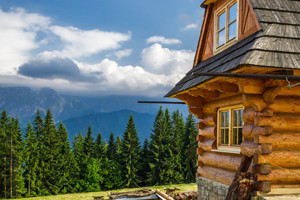- Get a glimpse into the past as you hike the Snake Gulch and view ancient Native American drawings in the sandstone cliffs
- Camp out nearby so you are ready for a full day of exploration of Snake Gulch
- Bring your camera to get shots of the fascinating pictographs and petroglyphs
What can I see and do at Snake Gulch?
- Hiking: Wind through Snake Gulch on the Snake Gulch Trail to see captivating spots of history. You’ll view painted pictographs, red sandstone cliffs, streamside trees, and rugged terrain. The hike is an easy one that joins up with Kanab Creek.
- Historic Sites: Hiking the trail in Snake Gulch provides a trip back into time, with etchings in the walls, pictographs, petroglyphs and ruins of ancient Native Americans. You don’t have to trek the entire trail to catch a glimpse of scattered ruins and other archaeological artifacts.
- Camping: You can camp at the Jacob Lake Campground, which is closest to your destination of Snake Gulch and can take your time exploring the next day. The 51 sites are located at the intersection of Highway 67 and U.S. 89A.
Where is Snake Gulch?
Snake Gulch Arizona is north of the North Rim of the Grand Canyon and west of Jacob Lake. From Grand Canyon, take Highway 67 north to Highway 89A, and you’ll find the road to the trailhead about a mile south of Fredonia. You will take FS 22 and head west. Continue on FS 22 for about 22.5 miles until you see FS 423. Turn right and go for 1.3 miles to FS 642. Follow this road to the trailhead, about 2.6 miles.
When is Snake Gulch open?
The best time to visit Snake Gulch is from May to October. You may not be able to access the area due to snow in the winter.
How much does Snake Gulch cost?
There are no fees charged for hiking Snake Gulch.
Who can I call if I have more questions?
If you want more information, you can call the North Kaibab Ranger District of the Kaibab National Forest at (928) 643-7395.
